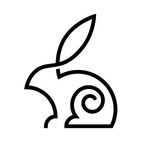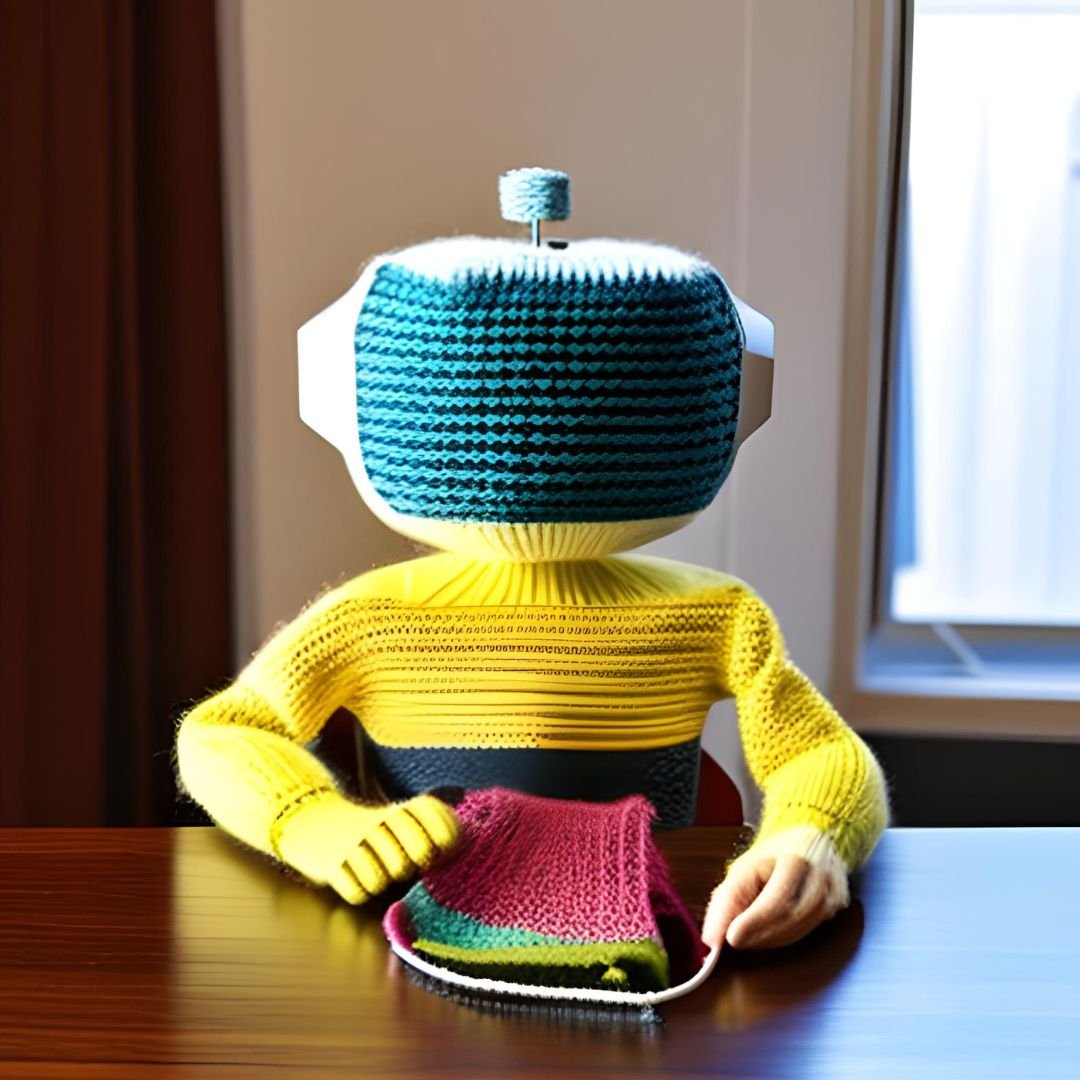I was recently approached to be interviewed for an article for the Craft Industry Alliance. I was happy to speak with them, since the person who contacted me said they were "putting together an article about crafters’ experiences with ChatGPT," and I have recently experimented with it. I was excited to share my experiences for the benefit of other crafters.
When the article was published on March 27th I was surprised to see that not only had it morphed into a “6 Ways to Use Chat GPT” article, but that I was quoted in a way that makes me sound quite harsh and doesn’t accurately represent my opinions. I was disappointed to see myself represented, albeit briefly, as the grinch who doesn’t want people to use a new, cool, tool.
I’m taking this opportunity to share my true thoughts with you all.
When Abby (the article’s author) called me for our phone-interview, she was very friendly and pleasant to speak with, asking for stories of my experiences with ChatGPT. I told her that I’d tried it a few times, just to see what it could do, then shared what i’d experienced:
With the understanding that there are numerous free-on-blog patterns for crocheted hats available, I first asked ChatGPT to generate me a pattern for a double crochet, worsted weight hat to fit an adult. The program was able to produce this, written in a fairly standard blogger’s formatting. The stitch count was accurate for the gauge, the instructions began and increased in the way I would have expected - all good things!
Next, I asked it to complete a more difficult task: to write me a pattern for a top-down, stockinette, raglan sweater knit in worsted weight yarn.
The resulting pattern was laughable and not at all functional. I was given a pattern where I should cast on a much-too-wide stitch count, not knit any neckband, and immediately begin increasing for a single sleeve placed at the back of the neck.
There were also no instructions for the body of the sweater or picking up sleeves.
The sweater experience is what I focused on when talking to Abby. I shared with her my concern that those newer to design, who hadn’t learned the skill of grading and writing a garment pattern, would see ChatGPT as a work-around so they wouldn’t have to learn the math and writing skills. As a result, they would end up with poorly-written half patterns, and wouldn’t have the knowledge to know what they were publishing. This is the point that I referred to the use of ChatGPT as “cheating.”
It IS cheating to use a program that scoops the published work of others and mashes it together for others to pass off as their own work, but I digress.
It’s also cheating potential customers for a designer to publish a pattern they don’t understand and for which they are not able to provide functional pattern support.
Imagine, for a moment, that you are a knitter. You’ve found a beautiful sweater pattern that fulfills your knitting dreams and have begun working through it. Whoops! You hit a snag, and email the designer of the pattern with your question.
The response comes back “Sorry, I can’t help you. This pattern is AI generated and I don’t actually understand why those numbers are there either. Good luck finding a solution!”
You’re crushed. That gorgeous sweater, which you may have spent anywhere from $40-400 in yarn for (plus the price of the pattern), is now just a pipe dream because someone wanted to take the easy way out and publish what they don’t understand.
THIS is what I told the interviewer, who clipped me down to “it feels like cheating.”
My goal is not to gatekeep the process of knitwear design and publication. I work as a technical editor for knitting and crochet patterns; It’s my job and my great pleasure to help designers publish accurate, well-fitting, professional patterns that they can be proud of. If I were to recommend ChatGPT as a plug-and-play, workaround tool to designers, I would be doing them, their potential customers, and our entire community, really a major disservice.
footnote:
**If you haven’t heard of ChatGPT, “It is an AI chatbot auto-generative system created by OpenAI for online customer care. It is a pre-trained generative chat, which makes use of (NLP) Natural Language Processing. The source of its data is textbooks, websites, and various articles, which it uses to model its own language for responding to human interaction.” (https://www.pcguide.com/apps/what-is-chat-gpt/)
Fun fact if you made it down to here: The image at the top of the post was AI generated by an app in Canva ;) I'm not against using the tools at hand.



Comments ()